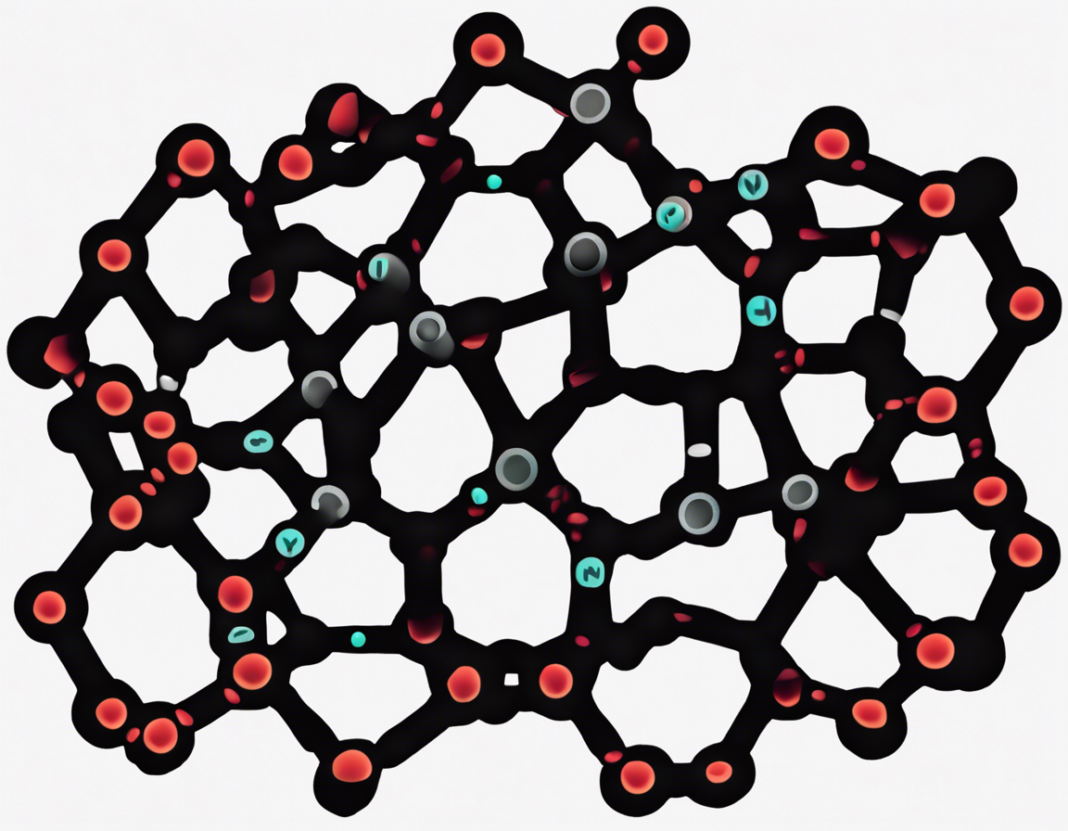When learning about NH3 Lewis dot structure, it is essential to understand the basics of Lewis structures. A Lewis structure is a representation of molecules where valence electrons are shown as dots. These structures help in understanding the arrangement of atoms in a molecule and predicting its shape and properties.
Ammonia (NH3) is a commonly studied molecule in chemistry, frequently used in various reactions and industrial processes. By following a step-by-step guide, you can easily draw the Lewis dot structure for NH3.
Step 1: Determine the Total Number of Valence Electrons
The first step in drawing the Lewis structure of NH3 is to determine the total number of valence electrons. Nitrogen (N) has five valence electrons, while each hydrogen (H) atom has one valence electron. Since ammonia has one nitrogen atom and three hydrogen atoms, the total number of valence electrons is:
1(N) + 3(H) = 5 + 3 = 8 valence electrons
Step 2: Determine the Central Atom
In NH3, nitrogen is the central atom because it is less electronegative than hydrogen. Hydrogen atoms cannot be central atoms in a molecule.
Step 3: Connect the Atoms
Connect the central nitrogen atom to each hydrogen atom using a single bond. Each single bond represents two electrons—one from nitrogen and one from hydrogen.
Step 4: Distribute the Remaining Electrons
After connecting the atoms, distribute the remaining valence electrons around the atoms to complete their octets. In NH3, nitrogen needs eight electrons (two from each hydrogen atom) to fulfill its octet, while each hydrogen atom needs two electrons to have a full outer shell.
Step 5: Check for Octet Rule Violations
Check if all atoms in the molecule have an octet, except for hydrogen, which can have a duet. In NH3, nitrogen satisfies the octet rule with three shared pairs of electrons and one lone pair.
Step 6: Draw the Lewis Dot Structure
Using this information, you can draw the final Lewis dot structure of NH3, with nitrogen in the center bonded to three hydrogen atoms, each with two electron dots representing the single bonds.
FAQs about NH3 Lewis Dot Structure:
Q1: How do I know which atom is the central atom in a molecule?
A1: The central atom in a molecule is typically the least electronegative atom that can form multiple bonds with other atoms.
Q2: Why does nitrogen in NH3 have a lone pair of electrons instead of forming four bonds?
A2: Nitrogen in NH3 has a lone pair to satisfy its octet while forming only three bonds to hydrogen due to the limited number of available valence electrons.
Q3: Can hydrogen be the central atom in a molecule?
A3: No, hydrogen cannot be a central atom in a molecule as it can only form one bond due to having only one electron.
Q4: How can I determine the total number of valence electrons in a molecule?
A4: Add up the valence electrons of each atom in the molecule based on their group number in the periodic table.
Q5: Can a molecule have an odd number of valence electrons in its Lewis structure?
A5: It is rare for molecules to have an odd number of valence electrons in their Lewis structures, as most elements aim to achieve a full outer shell with an even number of electrons.
